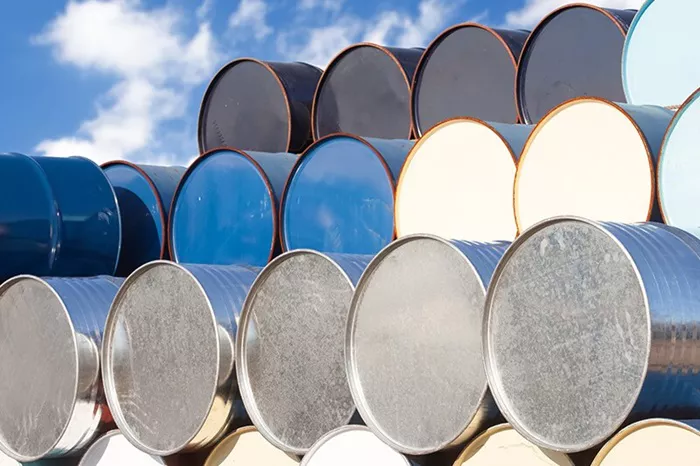The Organization of the Petroleum Exporting Countries (OPEC) plays a pivotal role in the global oil market, influencing prices and supply dynamics. Understanding OPEC’s spare capacity is crucial for policymakers, market participants, and analysts alike as it directly impacts the stability and flexibility of the oil market. In this article, we delve into the intricacies of OPEC’s spare capacity, examining its components, historical trends, and potential implications for the future.
Defining Spare Capacity
Spare capacity in the oil industry refers to the volume of oil production that can be brought online within a relatively short period, typically within 30 to 90 days. It serves as a buffer to mitigate supply disruptions, geopolitical tensions, or unexpected demand surges. OPEC, being a major player in the global oil market, possesses a significant portion of the world’s spare capacity.
Historical Context
To comprehend OPEC’s spare capacity adequately, it’s essential to review its historical evolution. Over the decades, OPEC member countries have faced various challenges, including geopolitical conflicts, economic sanctions, and internal disruptions, impacting their ability to maintain spare capacity. The 1973 oil crisis, for instance, underscored the vulnerability of global oil supply chains, prompting OPEC to prioritize spare capacity as a strategic asset.
Components of OPEC’s Spare Capacity
OPEC’s spare capacity comprises several components, each influenced by distinct factors:
Idle Production Capacity: This refers to oil wells and facilities that are operational but not utilized to their full potential. Factors such as maintenance, technical issues, or market conditions can render certain production capacities idle.
Strategic Reserves: Some OPEC members maintain strategic oil reserves to address emergencies or fulfill international obligations. These reserves contribute to overall spare capacity but may not be readily accessible for immediate production.
Investment and Infrastructure: The level of investment in exploration, production, and infrastructure development significantly impacts spare capacity. Ongoing investments in drilling technologies, pipeline networks, and storage facilities can enhance a country’s ability to ramp up production quickly.
Geopolitical Stability: Political stability in OPEC member countries is a critical determinant of spare capacity. Regions prone to conflicts or internal unrest may experience disruptions in oil production, reducing overall spare capacity.
Assessing Current Spare Capacity
As of [insert latest data], OPEC’s spare capacity stands at approximately [insert value] million barrels per day (bpd). This figure fluctuates over time due to various factors, including production quotas, geopolitical tensions, and market demand. Saudi Arabia, the de facto leader of OPEC, holds the largest share of spare capacity, followed by other major producers such as Iraq, the United Arab Emirates, and Kuwait.
See also: Who Controls Opec?
Challenges and Limitations
Despite its significance, OPEC’s spare capacity is not without challenges and limitations:
Market Volatility: Fluctuations in oil prices and market dynamics can impact investment decisions and the pace of capacity expansion. Uncertainty regarding future demand trends and competing energy sources may deter substantial investments in spare capacity.
Technological Constraints: Maximizing spare capacity requires continuous technological advancements in drilling, extraction, and refining processes. However, technological limitations or environmental concerns may restrict the development of new oil fields or the expansion of existing ones.
Environmental Considerations: Heightened awareness of climate change and the shift towards renewable energy sources pose long-term challenges to the sustainability of oil production. OPEC member countries must balance their reliance on fossil fuels with the imperative to reduce carbon emissions, which could affect future investments in spare capacity.
Future Outlook
The future of OPEC’s spare capacity hinges on several key factors:
Global Economic Recovery: The pace of economic recovery post-pandemic will influence oil demand and, consequently, the need for spare capacity. A robust economic rebound could necessitate higher levels of production to meet growing energy requirements.
Geopolitical Developments: Geopolitical tensions, conflicts, and sanctions can disrupt oil supply chains and affect spare capacity. Ongoing diplomatic negotiations, regional conflicts, and geopolitical rivalries will shape the geopolitical landscape and, by extension, OPEC’s spare capacity.
Energy Transition: The accelerating transition towards renewable energy sources and decarbonization initiatives could reduce long-term demand for fossil fuels, impacting the necessity for spare capacity. OPEC member countries must adapt to evolving market dynamics and diversify their economies to remain resilient in a rapidly changing energy landscape.
Conclusion
In conclusion, OPEC’s spare capacity remains a critical determinant of global oil market stability and resilience. Understanding its components, historical trends, and future outlook is essential for policymakers, industry stakeholders, and investors seeking to navigate the complex dynamics of the energy sector. While challenges and uncertainties persist, proactive measures to enhance spare capacity and adapt to emerging trends will be imperative for OPEC member countries to sustain their position in the evolving global energy landscape.
Related topics:
3 Factors Behind Opec’s Oil Production Cuts

